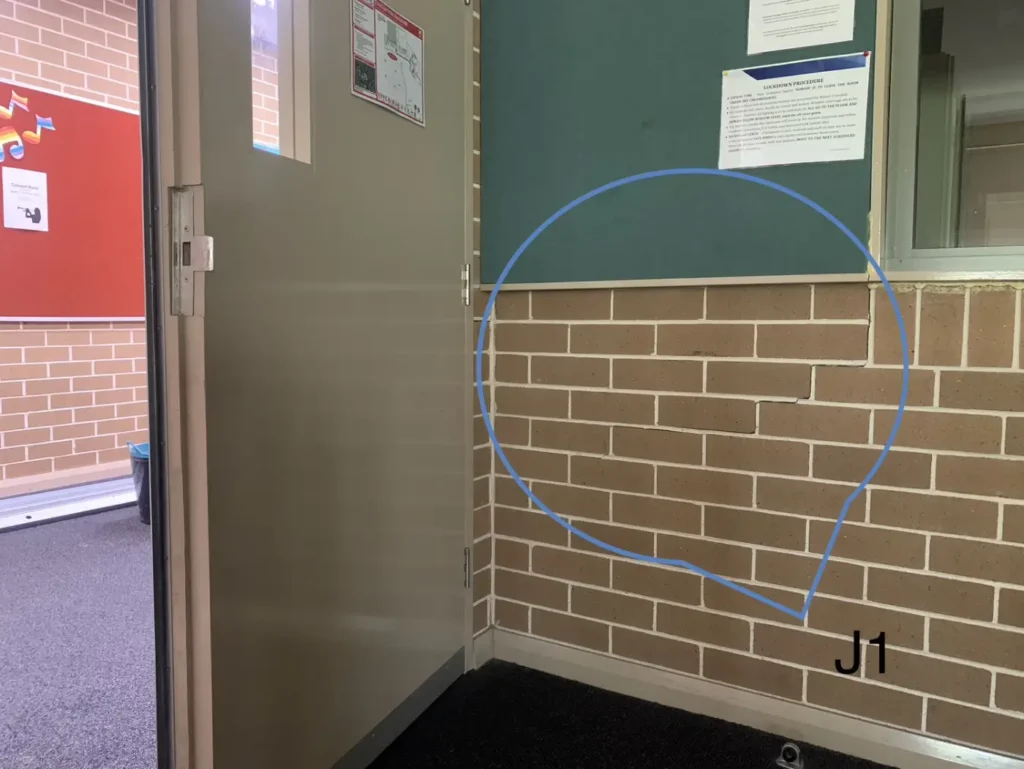
Dilapidation Assessment for Properties: Why It’s Essential and What It Covers
A dilapidation assessment is a detailed property inspection conducted before and after construction, excavation, or demolition projects. It serves as an official record of the pre-existing condition of nearby structures to prevent disputes over structural damage.
Why It Matters
Construction activities, including heavy machinery operations and significant structural modifications, generate vibrations and movement that can cause cracks, foundation shifts, or other property damage. Without an accurate assessment, property owners and developers may have disputes over liability. A dilapidation report acts as a legally recognized document that details the original condition of a property, safeguarding both property owners and construction entities from potential conflicts.
Read more: Dilapidation Report Process: A Walkthrough of Key Steps
Relevance in Australia
With rapid urban development, growing infrastructure projects, and large-scale real estate ventures across Australia, the demand for dilapidation assessments has increased. Government regulations and local council requirements have reinforced the importance of these reports, ensuring that properties near development sites are adequately protected from unintended damage.
Who Needs a Dilapidation Report?
- Homeowners: Ensures protection against potential damage caused by adjacent construction.
- Builders & Developers: Helps mitigate liability for pre-existing damages and fosters transparency.
- Government/Public Entities: Required for infrastructure projects to assess the impact on surrounding structures.
- Commercial Property Managers & Real Estate Agents: Useful for lease agreements and property sales by documenting the condition of a property before handover.
Purpose and Benefits of Dilapidation Assessments
Risk Mitigation
A dilapidation report provides a baseline record that minimizes the risk of disputes. By clearly outlining a property’s existing conditions, it prevents false claims and establishes clarity between involved parties.
Legal Protection
These reports serve as legally recognized evidence, making it easier to resolve property damage disputes by distinguishing between pre-existing and new structural concerns.
Financial Benefits
Property owners and developers can proactively address issues before they become costly problems by identifying and documenting issues early.
Preserving Structural Integrity
Regular property condition reports help engineers and property managers plan long-term maintenance by identifying signs of degradation, stress factors, and general wear and tear that require attention.
Key Components of a Dilapidation Report
A comprehensive dilapidation report includes:
- Property Details: Address, owner information, and details on adjacent properties.
- Photographic Documentation: High-resolution images capturing structural conditions before and after a project.
- Existing Defects Analysis:
- Cracks in walls, floors, and ceilings
- Foundation settlement or shifting issues
- Roof integrity and structural damage
- Evidence of dampness, leaks, or water intrusion
- Structural Integrity Assessment: Examination of materials, load-bearing capacity, and construction resilience.
- Surveyor’s Notes & Recommendations: Insights into potential vulnerabilities, risks, and protective measures that may be necessary to preserve property stability.
When Is a Dilapidation Report Required?
A dilapidation assessment is commonly required before and after significant construction activities.
Before Construction or Demolition
- High-rise building projects
- Road or railway infrastructure expansions
- Excavations, tunneling, and underground construction
- Heavy machinery operations near residential or commercial properties
Before Renovations & Major Structural Changes
- Adding extra floors or extensions
- Commercial property redevelopments
- Large-scale landscaping modifications, including swimming pool installations
After Nearby Construction Work
- Documenting any potential impact from adjacent development projects
- Resolving disputes over newly reported structural issues
Legal and Council Requirements
Many local councils in Australia mandate dilapidation reports as part of regulatory compliance for large-scale projects. Government infrastructure initiatives, particularly roadworks and public transport expansions, often require pre-construction assessments to avoid liability disputes.
Who Can Conduct a Dilapidation Report?
A dilapidation report must be carried out by trained and accredited professionals, such as:
- Licensed Building Inspectors
- Registered Structural Engineers
- Professional Surveyors Specializing in Property Assessments
- Council-Approved Consultants (Depending on specific local government regulations)
Key Consideration: Hiring an independent, certified professional guarantees unbiased, credible reporting that holds up in legal disputes.
Cost Considerations: Who Pays for the Dilapidation Report?
Developer vs. Property Owner Responsibility
- Developers or construction firms are generally responsible for covering the cost.
- Property owners may commission their independent assessments to maintain comprehensive records.
Price Range in Australia
- Residential properties: Starts at $500 + GST
- Large-scale commercial property assessments: Starts at $800 + GST
Maximizing Value for Money
- Compare multiple quotes from professional inspectors.
- Ensure the service includes detailed photographic evidence and expert commentary.
Legal Implications and the Importance of Documentation
How Reports Help in Legal Disputes
- Serves as concrete legal evidence to establish whether the damage was pre-existing or construction-related.
- Protects homeowners, developers, and builders from unjustified liability claims.
Liability Protection
- Property owners can hold developers accountable for post-construction damage.
- Developers can prevent false claims by proving that damage was unrelated to their activities.
Compliance with Australian Building Regulations
- Ensures adherence to local council and Australian Building Code (BCA) standards, reducing potential compliance risks.
Protect Your Property with a Professional Dilapidation Assessment
Safeguard your investment by scheduling a comprehensive dilapidation assessment today. Whether you’re a homeowner, developer, or property manager, ensuring structural stability is crucial. Contact our certified inspectors now for professional evaluation and documentation.
